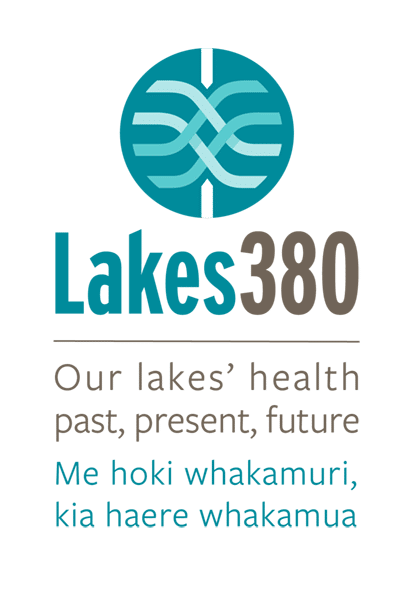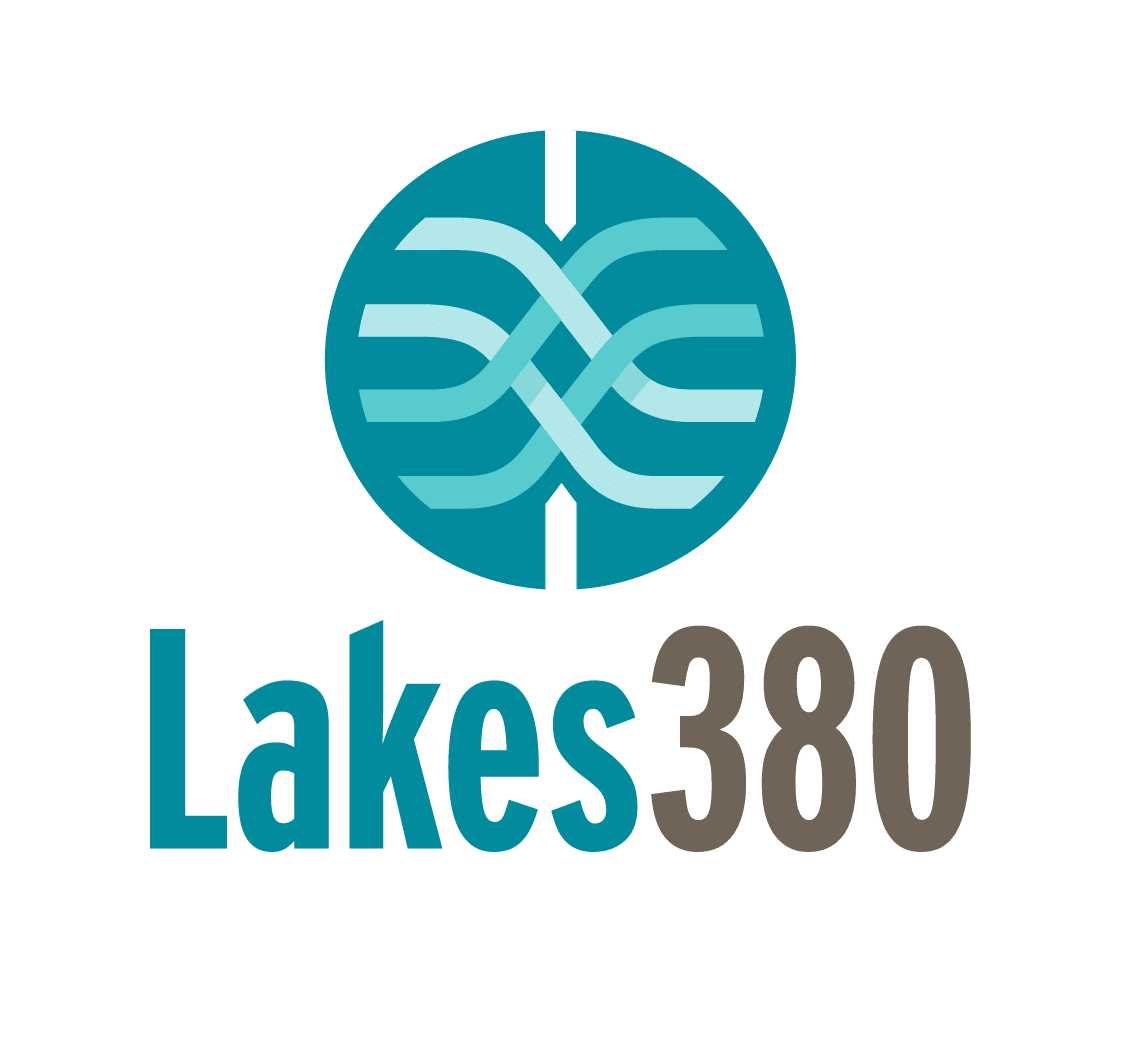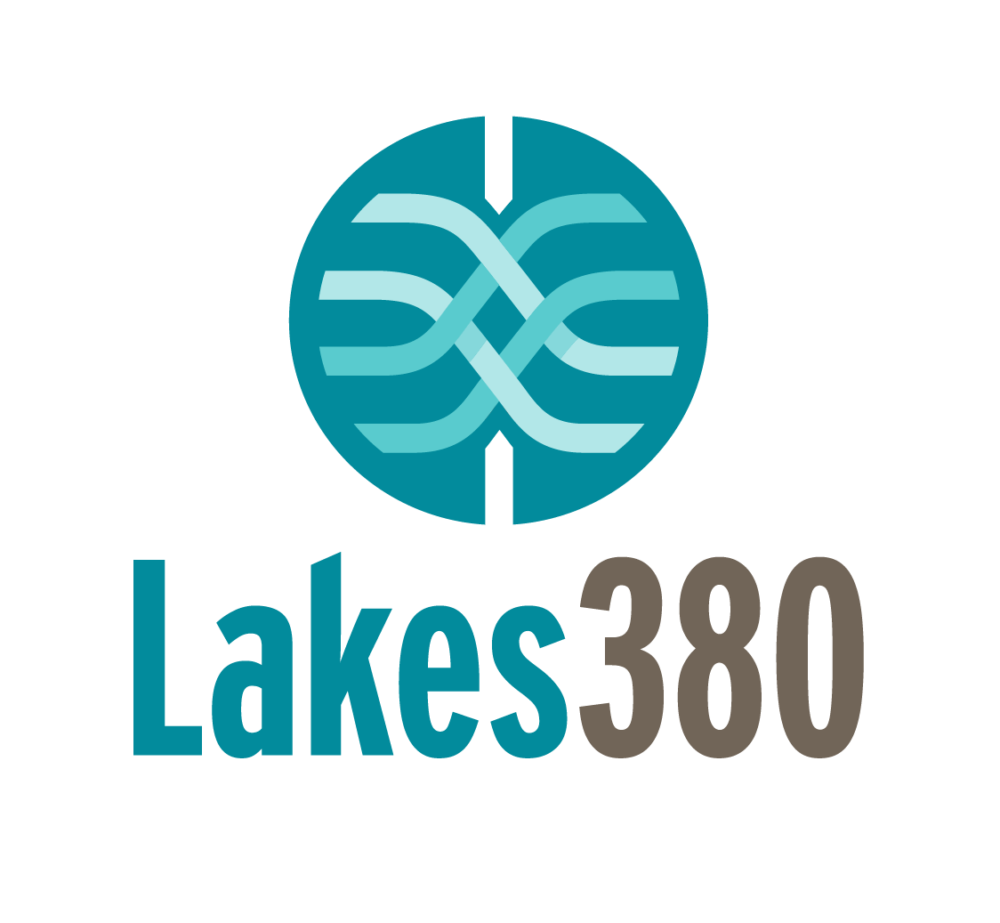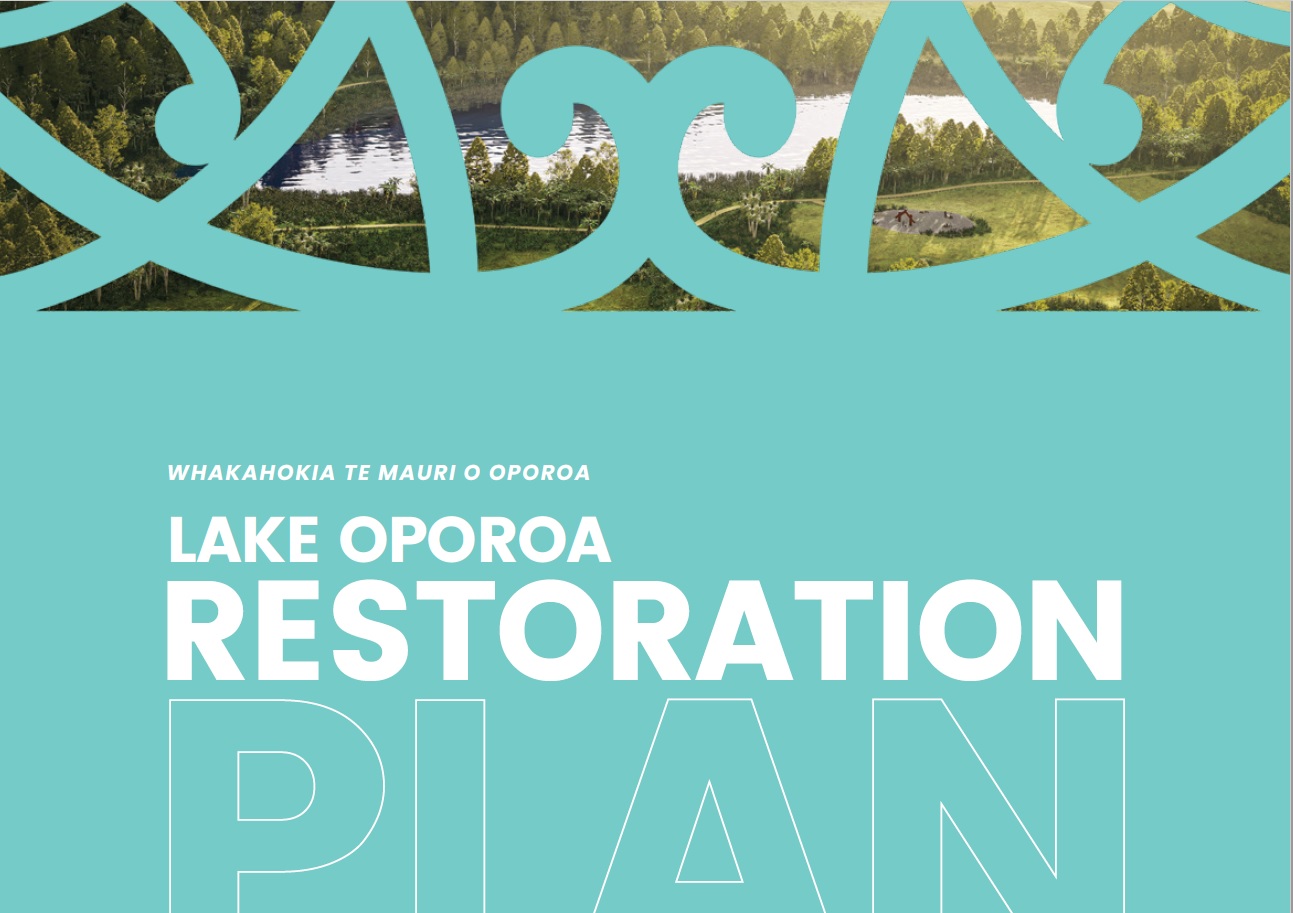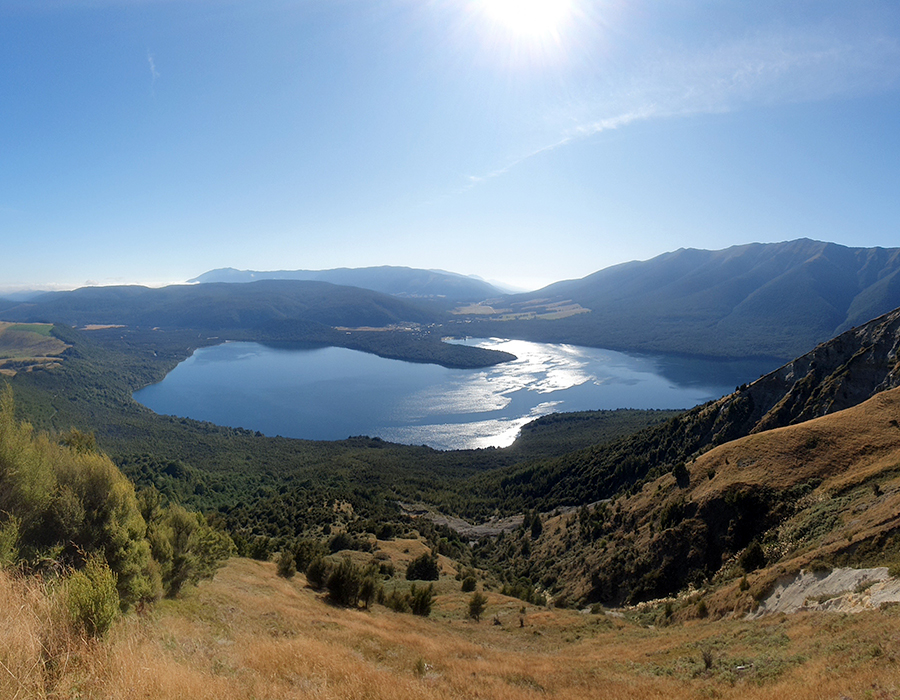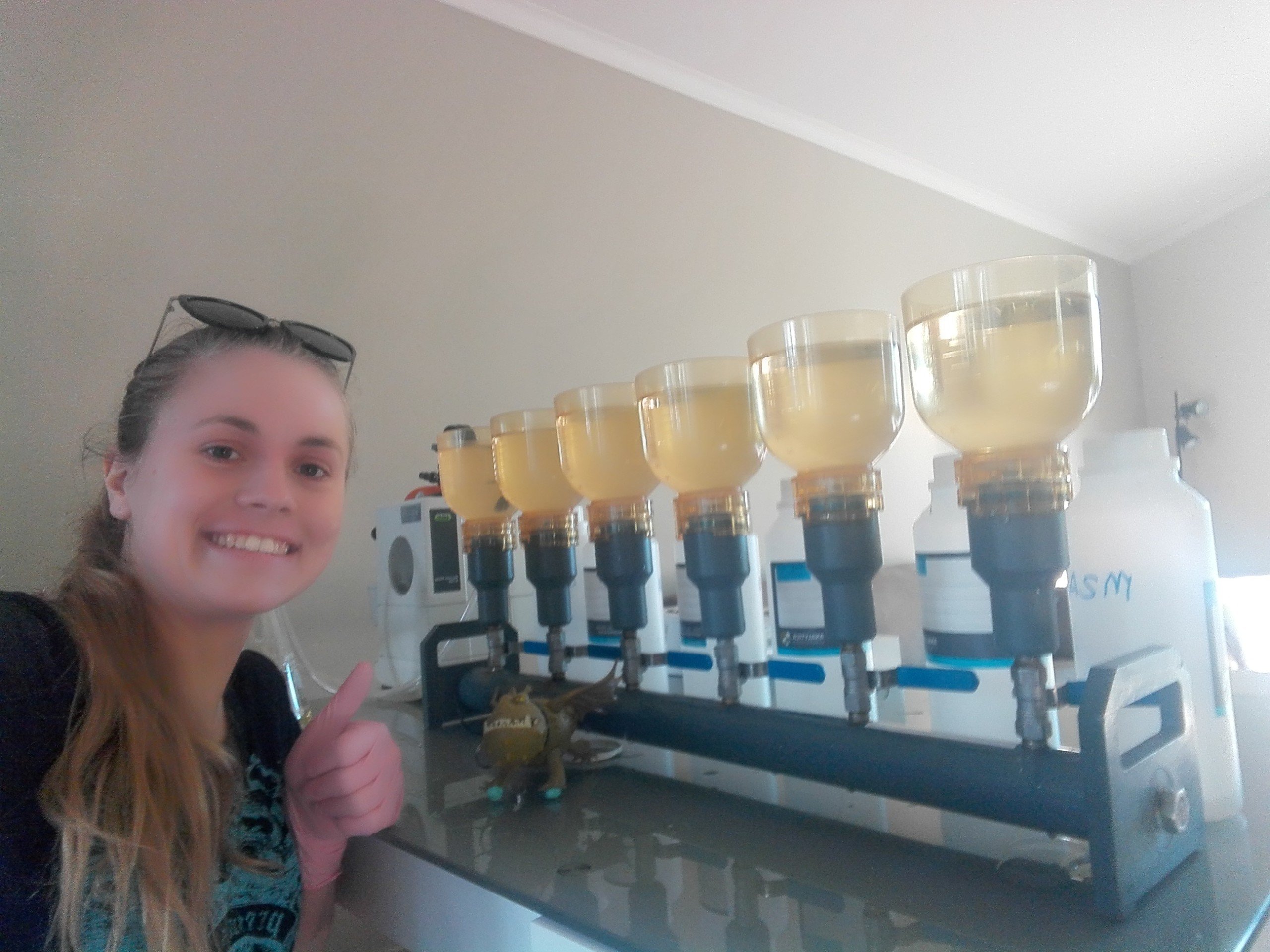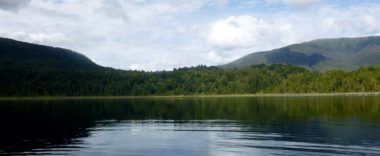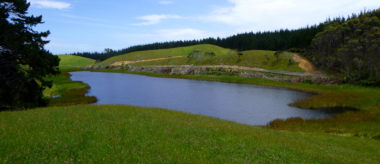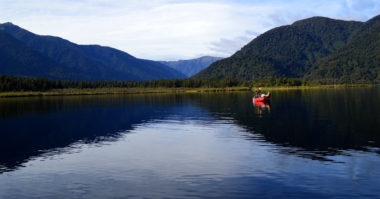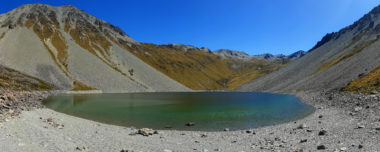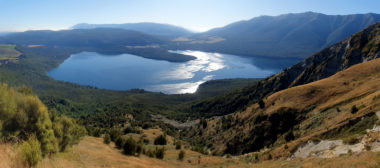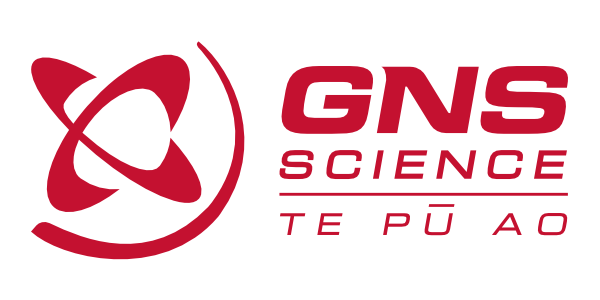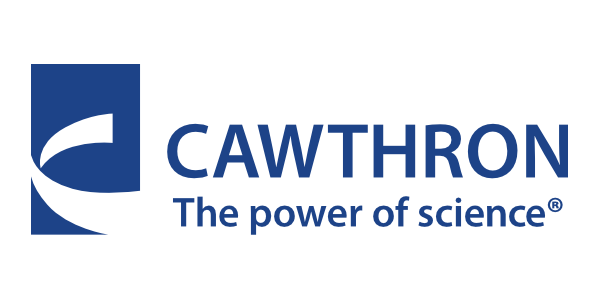Konstanze Steiner – Research Scientist, Cawthron
This was my second time coming along to join the Lakes380 field team. While I have heard many stories of clear water lakes surrounded by mountains, it did not matter to me what our destination was. Any opportunity to work at the source of what we research (the environment), excites me, so I had been looking forward to this field trip for a while and was grateful to be a part of it. From the snapshot I got of the Waikato region, I would summarize the lakes as farmland or urban, usually with either kids or cows close by. Ah, and the limoncello. I come to that a little later.
My ‘shift’ started on Friday, with a smooth flight to Hamilton via Wellington, joined by Georgia, Sean and John. We could already anticipate from our journey together, that we would work well as a team and have a good time. After arriving in Hamilton in the afternoon, we got called for duty right away. The team from week 1 had just arrived back at base and they had a challenging week, mastering many 3-lake days. Hence, we wanted to do our best to get in there to help them clean the gear.
After an evening settling in, we started on Saturday with a (partially) fresh team and we relaxed into the week with a manageable 2-lake-day (it was the weekend after all). We started with Lake Ngarotoiti, where we met David Schmale from Virginia Tech (USA), currently based at University of Waikato and Celeste, who is working alongside him. They joined us for most of the week to take lake samples using a drone, whilst producing awesome photo and video material.
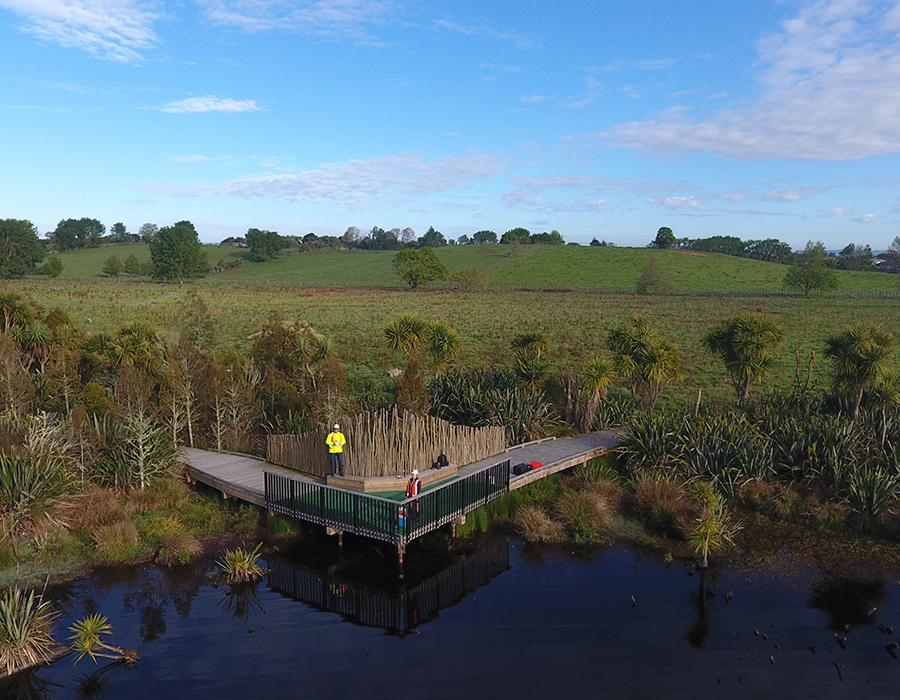
Finding access to the lake took a little bit of exploring, mainly because it was ringed by swampy land with (kind of mysterious) dead vegetation. Thanks to Henry’s incredible trailer maneuvering skills, we eventually managed to get close enough to the lake to launch the boats. It was my first time back in the water quality canoe after quite a long time, but Georgia patiently reminded me of all the things that needed doing and I quickly got back into it and had all the samples filtered before the core team came ashore. Together, we headed to Lake Te Ko Utu. Soon, we found ourselves in a public park, paddling though water lilies towards the middle of the small lake. We ignored the audience observing us from the shore of the lake and started coring and sampling, which we got done quickly due to the rather shallow lake. The processing of the samples took a little longer though, since every passing dog needed to be greeted and acknowledged with pats and cuddles.
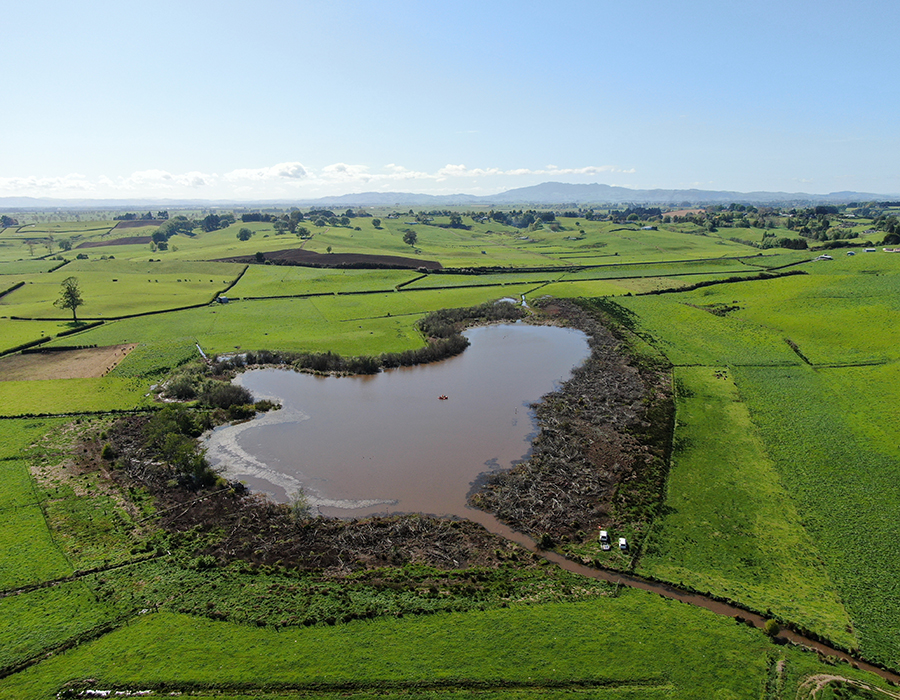
A convoy of scientists could be seen in the streets of Hamilton early Sunday morning. We had big plans: three lakes needed to be sampled, this time two different corers were used. This needed three trucks, towing no less than four waka! We started with Lake Horseshoe (or Waiwhakareke), a small lake on the outskirts of Hamilton. This lake was one of my favorites of the trip! It is the heart of the Waiwhakareke Natural Heritage Park, which was established about 15 years ago as part of a community-led project to restore biodiversity. It is a little jewel, so close to town, buffered by native bush and the morning mist gave it a mysterious touch as well. Launching the waka from the end of the fenced jetty was slightly challenging, but we managed. Andrew, Marcus and Susie (eager paparazzi) headed out on a new waka, the kata-raft, to use the ‘bang bang corer’ (helmets securely on), a deep corer that allowed them to collect continuous core deeper into the lake bottom. It also made pretty circles around the boat. Georgia and I by now worked together like a well-oiled machine and within no time we had the water quality samples taken. Back at shore, we soon realized all the car keys were still on the other boats. After short consideration as to whether we should ask David to use the drone to fly the keys back to us, we decided to paddle out a second time. The second lake of the day, Lake Forest (or also known as Lake Rotokaeo), brought us in the middle of a park within a busy Hamilton suburb. A sign on shore informed us about the water quality, which gave us a good indication to not expect the clearest water.
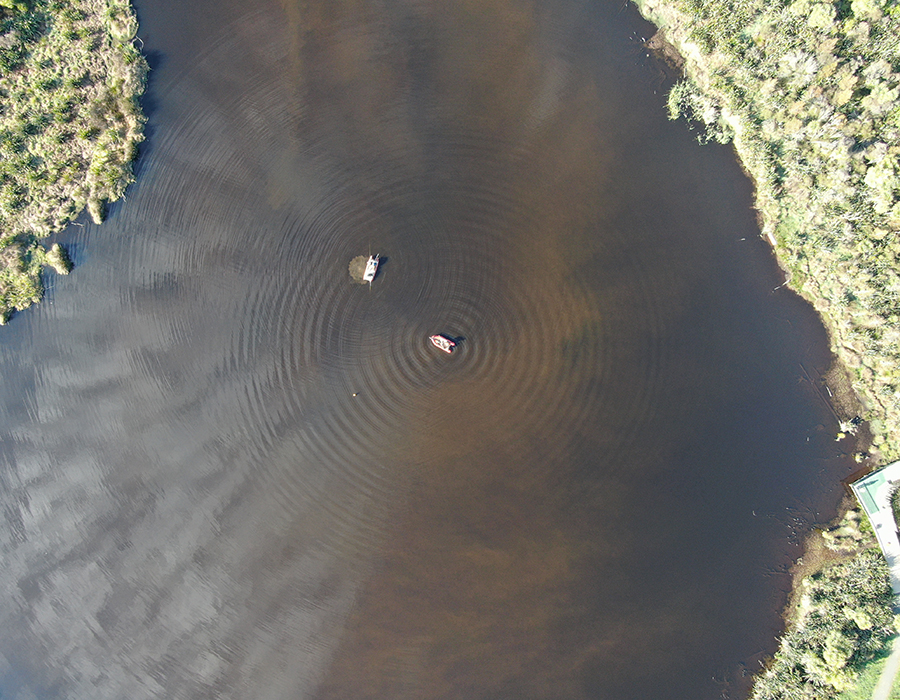
Coring at its best at Lake Waiwhakareke. Is it art, or it science? (Photo: David Schmale).
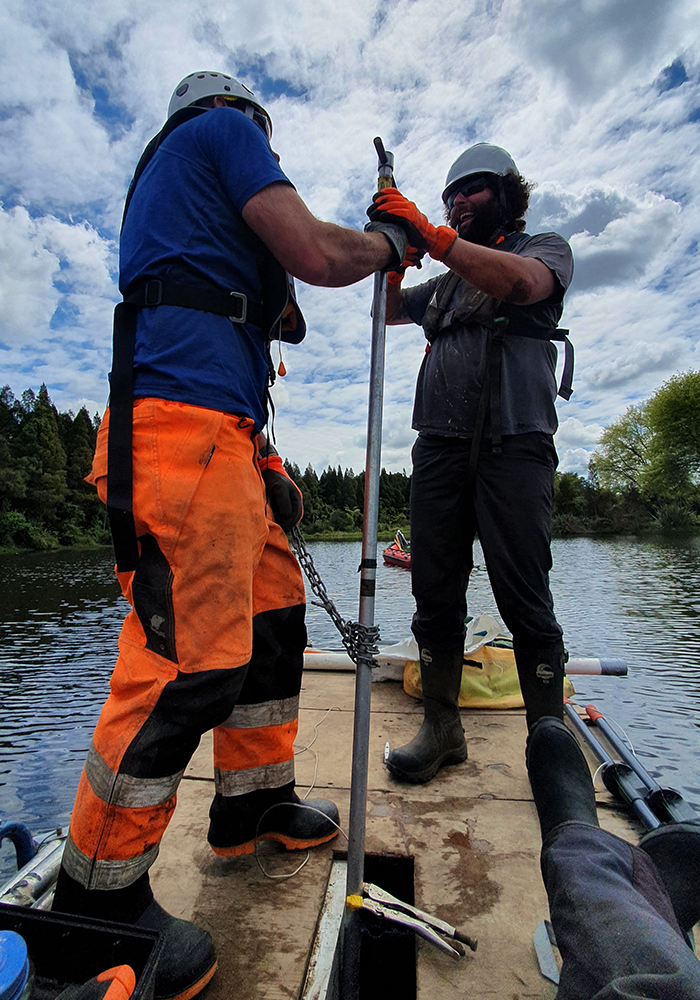
By now it was 11 am on this Sunday morning, so the playground next to the lake was buzzing with activity, and we drew quite some attention to us with our scientific invasion. Sample processing turned into a spontaneous session of community outreach, when children came over to see what we were doing. By the time we reached Lake #3 of the day, it was about 3 pm. Lake Maratoto is a lake within farmland, a short drive out of Hamilton. We have been asked to stop by the landowner’s house before heading in, so we sent Georgia and Andrew to quickly say ‘hi’ on our behalf and to get some directions. About 10 minutes later, we are hearing loud laughter coming down from the house and another 30 minutes later, they finally made it back to the car, although without any directions on hand. Instead they learned everything about the making and tasting of limoncello.
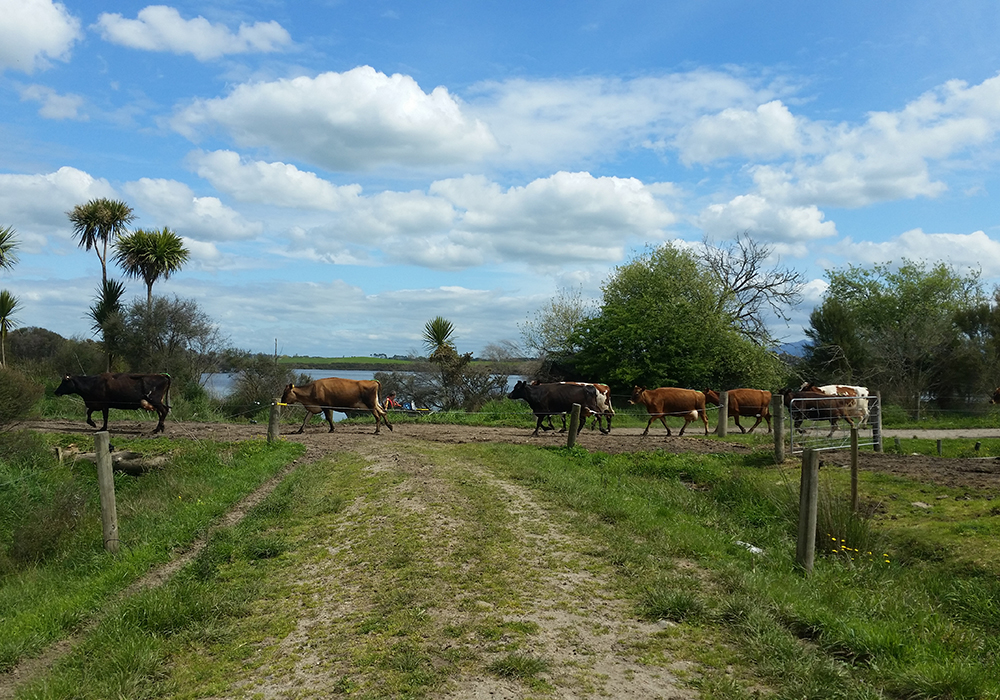
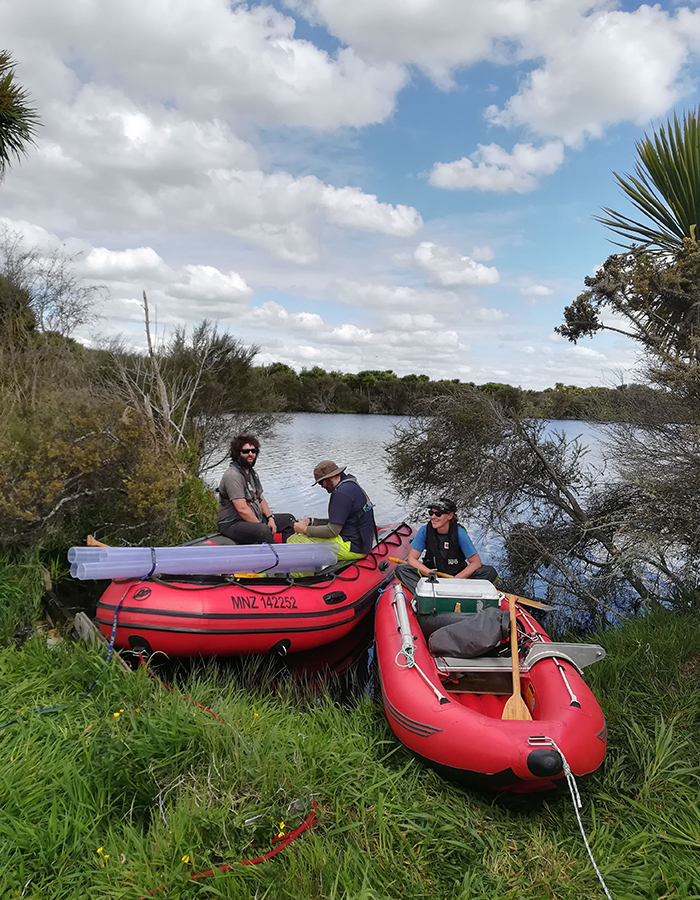
Monday started slightly different- at least for me. While the others sampled Lake Hamilton (Lake Rotoroa), Susie and I went to Hamilton Girls High School to kick off the PTC (Partnership through collaboration)-Workshop with a presentation about Lakes380. While the girls were walking down to the lake, we met up with the others, to set up the workshops for the day. After an introduction about the lake’s history, the girls explored eDNA, cyanobacteria and sediment cores in 45-minute workshops. Doing this kind of community outreach is always one of my favorite tasks of the job, especially when I get so much curiosity and engagement back, like we did on that day. After lunch we had to say goodbye to Andrew and Henry and went to Lake Koromatua (another farmland lake), because it wouldn’t be a lakes day, if we didn’t get to sample a lake.
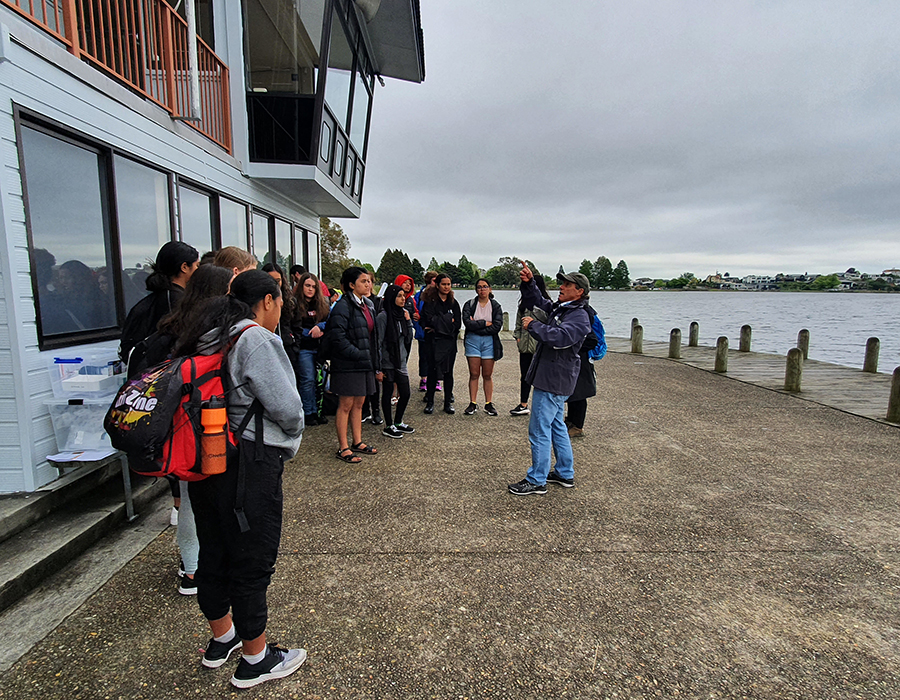
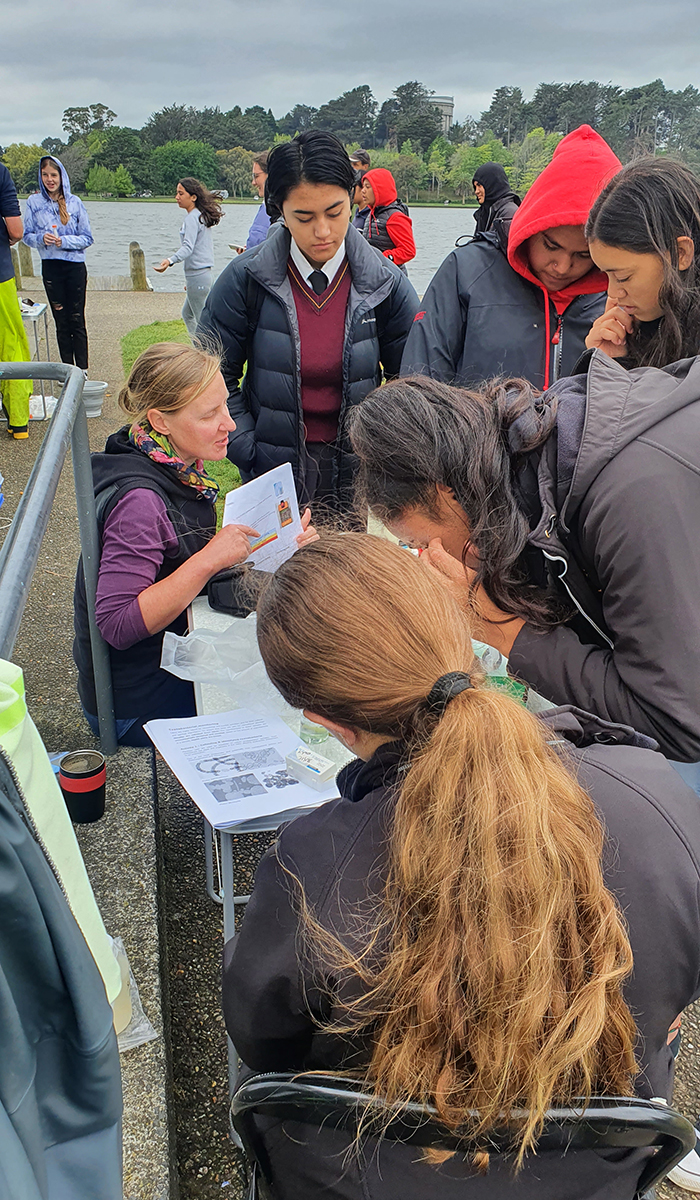
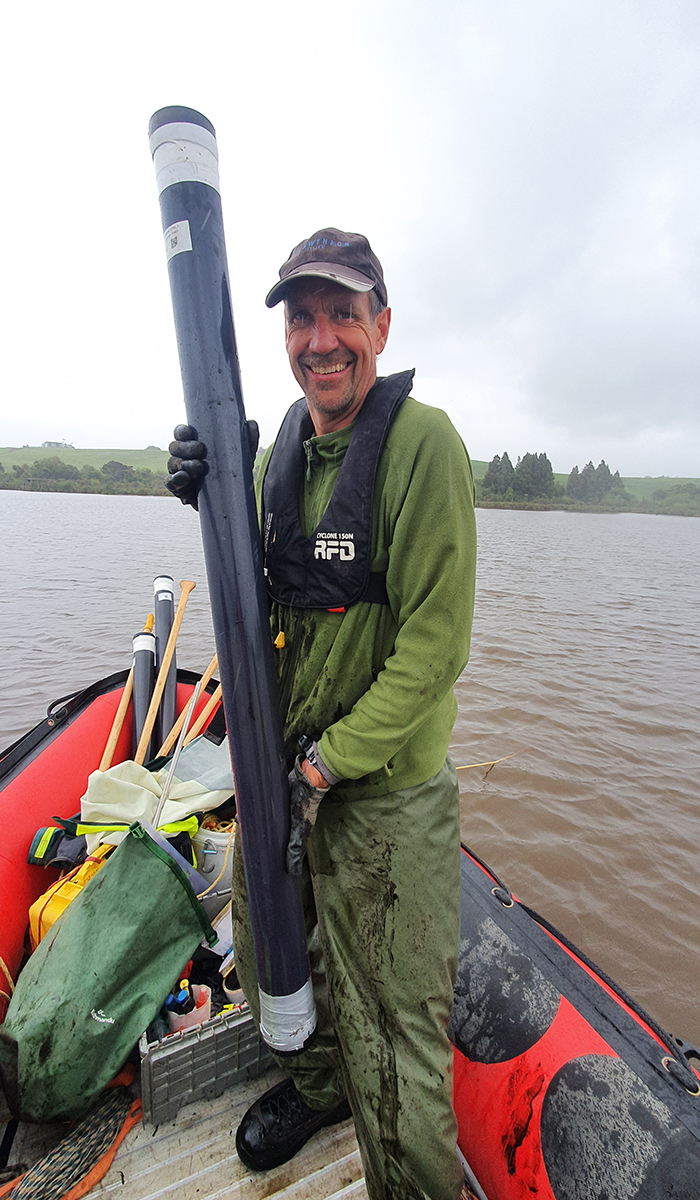
The next day was our ‘beach-day’, which we looked forward to, despite the rainy and overcast weather. We went all the way to Karioitahi Beach to take cores and water samples from Lake Puketi and Lake Whatihua. Despite being so close to each other, these lakes appeared to be quite different with Lake Puketi having visibility almost to the lakebed. The sediment was interspersed with green, bubble-like organisms, which we assumed (and later confirmed) to be cyanobacteria, however we couldn’t quite make out the species. We even saw some kākahi in the sediment on shore, I was especially excited about that, since kākahi are the species of interest in my Lakes380 research.
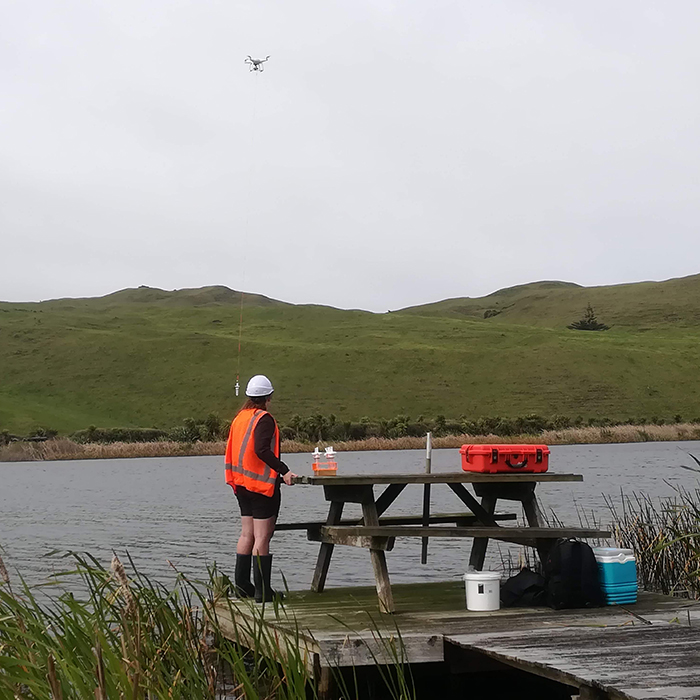
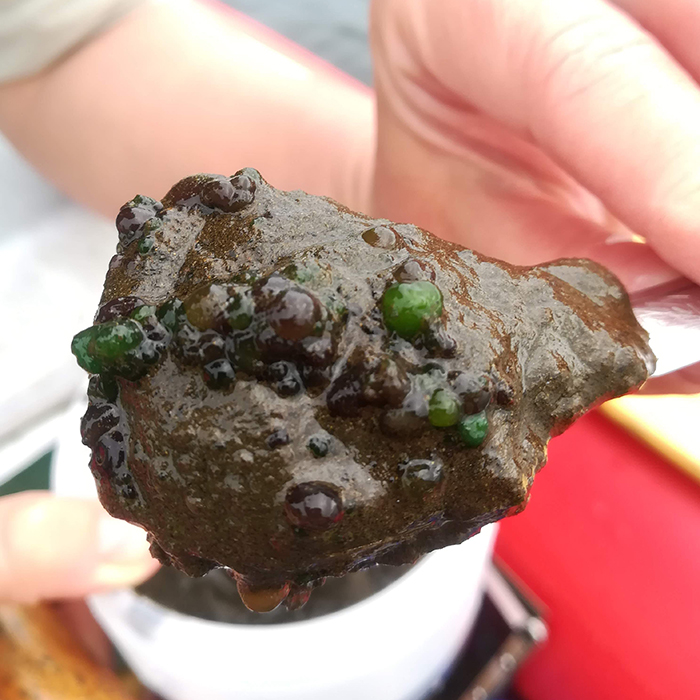
Lake Puketi’s sediment is infused with green bubbles – benthic cyanobacteria.
Wednesday was already our last sample day, we finished off with another 3-lake-day. Lake Rotokotuku was about 80 km south of Hamilton in the middle of rolling farmland. The landowner and his three dogs escorted us to the lakes and we learned that he had fenced off the lake about 10 years ago. The success of that showed in a beautiful ring of restored native bush around the lake. Lake Mangahia, which we explored next was another farmland lake. The last lake for the day and this field trip was Lake Rotokauri, located in a suburb on the outskirts of Hamilton.
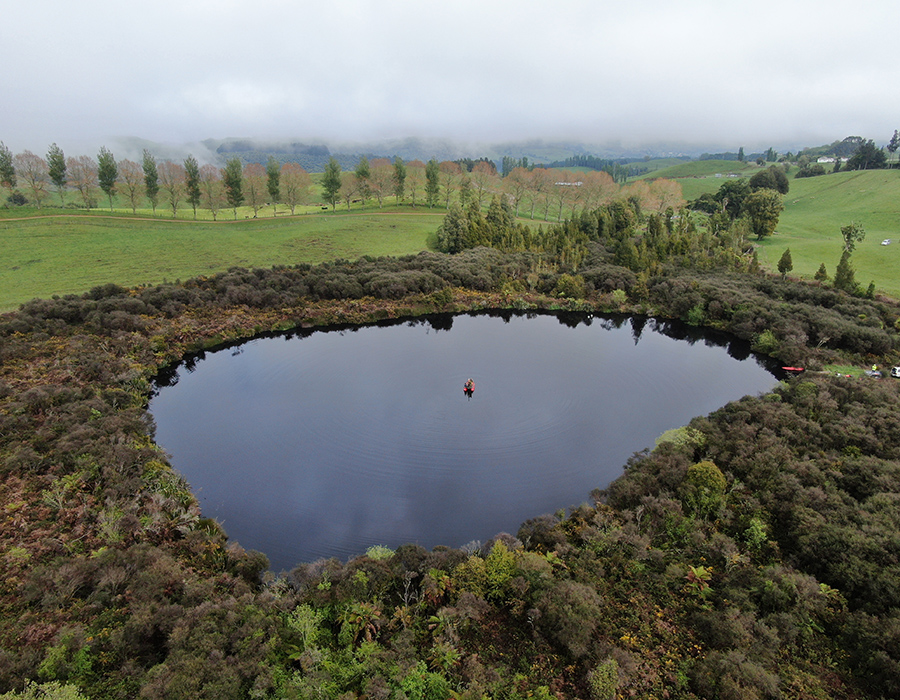
The drone picture shows how native bush around Lake Rotokotuku could be restored through fencing the lake off.
We spent our final day of this field trip with core cutting, cleaning and sending gear back. The second half of the day we had enough time for some leisure activity and chose to visit the Hamilton gardens, a very good place to unwind and experience some magic. What a good closing for a great field trip!
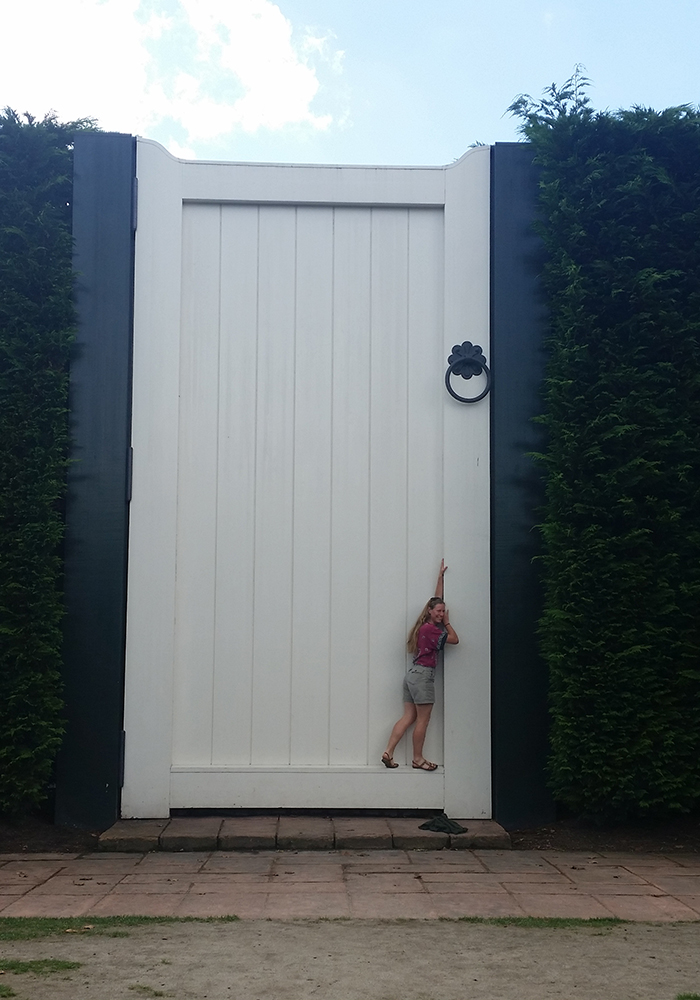
On our last day we visited the surrealist garden in the Hamilton gardens.
I want to say the journey home went just as smooth as the one a week prior, but we ended up waiting outside the airport for at least an hour after being evacuated due to a fire. We used the time wisely though, and got some mentoring advise and pep-talks out of David Kelly, who patiently withstood all our questions about his projects.
I look forward to the next trip with the Lakes380 Team!
